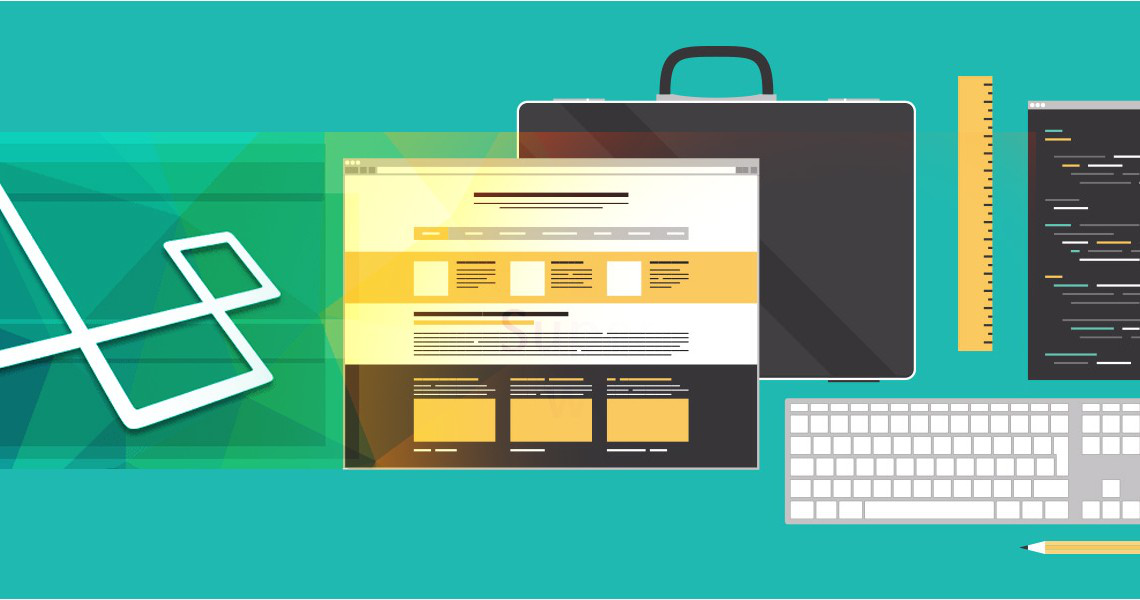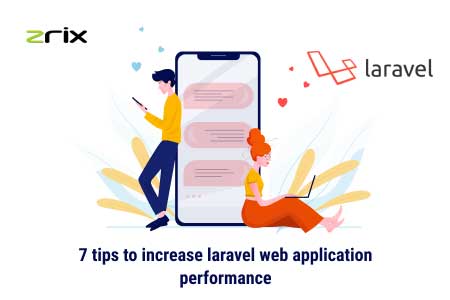Quick Navigation
- Why Laravel Validation Matters
- Laravel’s Validation Paradigm
- Basic & Intermediate Validation Rules
- Laravel Validation Rule Cheat Sheet
- Form Request Validation – Separation of Concerns
- Custom Validation Rules for Unique Use Cases
- Laravel Validation for Authentication & Input Sanitization
- Form Validation Lifecycle
- Laravel Validation for Secure APIs
- Real-Time Validation Using AJAX
- Best Practices: Fortifying Your Laravel App
- Laravel Security + Validation Stack
- Conclusion
In the contemporary digital ecosystem, fortifying the security and integrity of web applications is non-negotiable. Laravel—a PHP framework renowned for its expressive syntax and robust features—offers a comprehensive suite of tools for input validation, an indispensable defense mechanism in the pursuit of secure software development.
This article elucidates Laravel validation for secure applications, diving into best practices, API hardening, input sanitization, and security strategies. Whether you’re a solo developer or part of a Laravel Application Development company, adopting these principles will significantly mitigate risks and elevate application resilience.
Why Laravel Validation Matters
Title: Common Threats Laravel Validation Prevents
SQL Injection
Cross-Site Scripting (XSS)
Mass Assignment
Data Tampering
Broken Authentication
Laravel’s Validation Paradigm
Laravel encapsulates validation logic within a clean, expressive syntax. By default, it empowers developers to enforce constraints on incoming data, ensuring it conforms to anticipated formats before it is committed to storage or utilized in business logic.
The $request->validate() method serves as an intuitive entry point, instantly rejecting any data that fails the prescribed validation schema.
PHP
CopyEdit
$request->validate([
'name'
=> 'required|string|max:255'
,
'email'
=> 'required|email|unique:users,email'
'password'
=> 'required|min:8|confirmed'
,
,
]);
Basic & Intermediate Validation Rules
Laravel encompasses a wide repertoire of built-in validation directives:
required: Asserts presence
email: Validates structural integrity of an email
numeric: Ensures quantitative input
min / max: Constrains length or numerical boundaries
confirmed: Validates mutual consistency between fields (e.g., passwords)
These rules can be concatenated into an array or string notation, enabling complex validation schemas with minimal boilerplate.
Laravel Validation Rule Cheat Sheet
| Rule | Description | Example |
|---|---|---|
| required | Field must not be empty | 'name' => 'required' |
| Must be a valid email | 'email' => 'email' | |
| min:8 | &Minimum of 8 characters | 'password' => 'min:8' |
| unique:table,column | Value must be unique | 'email' => 'unique:users,email' |
Form Request Validation – Separation of Concerns
Complex validation logic warrants isolation. Laravel’s Form Request Validation paradigm encapsulates validation logic in dedicated request classes, streamlining your controllers and promoting code modularity.
bash
CopyEdit
php artisan make:request RegisterUserRequestphp
CopyEdit
public function rules()
{
return [
'name'
'email'
'password'
=> 'required|string|max:255'
,
=> 'required|email|unique:users,email'
=> 'required|min:8|confirmed'
,
,
];
}Advantages:
Decouples validation from business logic
Facilitates unit testing
Supports method-based conditional validation
Custom Validation Rules for Unique Use Cases
Out-of-the-box rules are not always sufficient. Laravel permits the creation of bespoke validation logic through custom rule classes.
Example: Validating hexadecimal color codes:
php
CopyEdit
class HexColor implements Rule {
public function passes($attribute, $value) {
return preg_match('/^#([A-Fa-f0-9]{6}|[A-Fa-f0-9]{3})$/'
,
$value);
}
public function message() {
return 'The :attribute must be a valid hex color code.
';
}
}Use in controller:
php
CopyEdit
'color' => ['required' , new HexColor]
Laravel Validation for Authentication & Input Sanitization
Validation fortifies your authentication endpoints against brute force and injection attacks. Coupling validated() with Laravel’s native hashing and rate-limiting strategies ensures secure login and registration flows.
Additionally, for input sanitization:
Leverage strip_tags() or packages like Laravel Purifier
Validate data format and content
Avoid trusting frontend validation exclusively
Form Validation Lifecycle
pgsql
CopyEdit
User Input ➡ Controller ➡ Validation Rules ➡ (Fail) Error Response /
(Pass) Proceed to Storage
Laravel Validation for Secure APIs
APIs necessitate bulletproof validation since they are high-exposure vectors. Laravel simplifies this through JSON validation error responses, which conform to RESTful practices.
php
CopyEdit
$request->validate([
'email'
=> 'required|email|unique:users,email'
,
]);Default Error Response (422):
json
CopyEdit
{
"message": "The given data was invalid.
"errors": {
"
,
"email": ["The email has already been taken.
"]
}
}Best Practices for API Validation:
Use FormRequest for maintainability
Implement rate limiting with throttle middleware
Validate deeply nested and array-based payloads
Return clear, structured error responses
Real-Time Validation Using AJAX
Modern applications demand instant feedback. Laravel facilitates this through AJAX-based endpoint validation:
JavaScript:
javascript
CopyEdit
$.post('/validate-email'
, {
email: $('#email').val(),
_token: $('meta[name=
"csrf-token"]').attr('content')
}, function(response) {
if (response.errors) {
$('#email-error').text(response.errors.email);
}
});Backend:
php
CopyEdit
public function validateEmail(Request $request)
$request->validate([
'email'
=> 'required|email|unique:users,email'
,
]);
return response()->json(['success'
=> true]);
}
Best Practices: Fortifying Your Laravel App
Use Form Requests for scalability and clarity
Craft Custom Rules for unique business requirements
Always Sanitize Inputs, especially HTML or external data
Test Validation Logic with PHPUnit or Laravel’s test suite
Harden API Endpoints with validation and rate limiting
Avoid Hardcoding Secrets, use .env for secure configurations
Laravel Security + Validation Stack
css
CopyEdit
[ Input Validation ] ➡ [ Sanitization ] ➡ [ Rate Limiting ] ➡ [
Authentication ] ➡ [ Secure Storage ]
Conclusion
Input validation is an indispensable pillar of secure Laravel application development. By systematically validating, sanitizing, and testing all user inputs, developers can avert a wide array of threats and ensure both data integrity and user trust.
Adopting these strategies across forms, APIs, and authentication flows helps build resilient applications and aligns with modern security standards.
Whether you're a solo developer or part of a full-service Laravel Application Development company, the correct application of Laravel validation techniques can make the difference between a vulnerable system and a secure, enterprise-grade platform.


